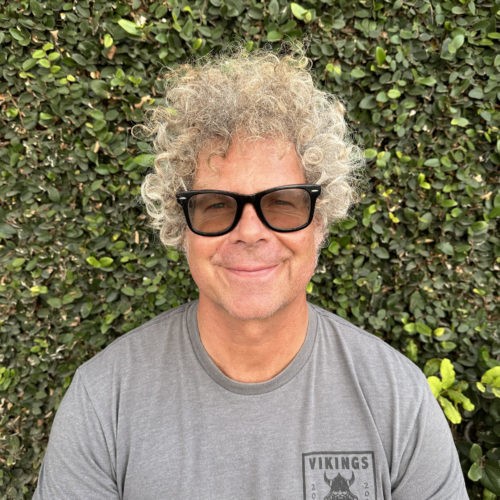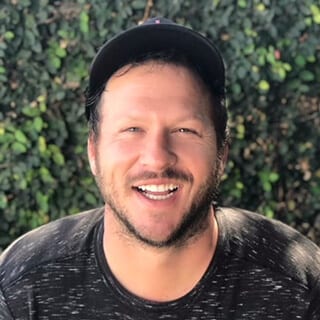
We tend to look at human drug use as a relatively modern concept. In reality, drugs for recreational purposes have been happening since ancient times. Some drugs have a shorter history, but drug addiction isn’t a new concept or modern phenomenon.
We see throughout history that currently, illegal drugs were often mainstream medicines and therapeutic agents among having other uses.
Recreational Drug Use Throughout History
How long have drugs been around is a difficult question to answer in a specific sense. We know that the desire for psychoactive substances goes back to some of our earliest available human records.
- There are a couple of main ways in ancient history we see psychoactive substances.
- These scenarios include in religious ceremonies and by healers as medicine.
- The third primary way throughout history we’ve seen drug use is by the general population in a way that’s seen as socially acceptable. Alcohol, nicotine, and caffeine are examples of this.
By the 17th century, there were records of addiction. There has long been debate on topics related to addiction that we continue to hear today. For example, throughout history, there are examples of conversations about whether addiction treatment should be moral or medical and whether substances cause addiction.
Below are some of the many examples of drug and alcohol use in history.
- For at least 4000 years, psychoactive mushrooms have been used in Central Asian religious ceremonies.
- Indigenous people in the southwestern U.S. and pre-Columbia Mexico used peyote to create mental states of introspection.
- As far back as the 9th century, there’s evidence of the medicinal use of opium.
- Opium is in Homer’s Odyssey. In that story, Helen of Troy received the potion to treat Greek warriors, dulling their pain and helping them forget their sorrows.
- By the 19th-century, opium tinctures were widespread medically for everything from insomnia to heart diseases.
- In Islam, there is a cultural history of the use of cannabis.
- According to Christian and Jewish tradition, Noah’s first thing after emerging from the ark was to plant a vineyard. He then had some of the wine is produced, becoming drunk.
- Historians believe Alexander the Great’s death resulted from chronic alcohol use.
- Aristotle spoke about alcohol withdrawal and theorized drinking during pregnancy could be harmful.
- Celsus, a Roman physician, said dependence on intoxicating drinks was a disease.
The History of Drugs in America
In the United States, drug abuse and addiction have been long-standing societal problems for at least a century. Many of the drugs we know as dangerous and addictive today started as prescription and over-the-counter medicines.
Marijuana
One of the oldest drugs in U.S. history is marijuana.
- Jamestown settlers grew marijuana as far back as 1600, and before the Civil War, it was one of the country’s major revenue sources.
- In the 19th century, marijuana plantations were thriving.
- Through the mid-1930s, marijuana was medicinal, available in general stores and pharmacies.
- In the 1930s, studies started to show that marijuana could be contributing to crime and violence, so in 1937 it was banned.
- In the 1960s, the government introduced harsh penalties, but now the public perception is again shifting as states are legalizing it for medicinal and recreational use.
Methamphetamine
Methamphetamine was introduced for medical use in the 1920s. While these are now illicit drugs, they were used to raise blood pressure and stimulate the central nervous system.
- Soldiers in World War II were often given methamphetamine to help them feel energetic and improve their mood.
- After the war, it was used as a way to combat depression.
- In the 1930s, amphetamine became available as an over-the-counter drug.
- By the 1960s, it was illicitly being used, particularly by people injecting it.
- In the 1990s was the emergence of crystal meth.
Cocaine
The medical world-recognized cocaine in the late 1800s.
- In 1884, Sigmund Freud published Uber Coca, praising cocaine.
- In 1886, the Coca-Cola product started marketing a product made from coca leaves native to South America.
- There were estimated hundreds of thousands of cocaine addicts in the U.S. by 1902.
- By 1982, the use of the stimulant peaked, and there were an estimated 10.4 million users.
Crack
Crack cocaine is a form of cocaine.
- In big cities in North America, like Los Angeles and New York, crack cocaine started to appear in the mid-1980s.
- Cocaine was an expensive drug, while crack was cheaper.
- Crack became associated with poorer neighborhoods.
- The U.S. federal government started imposing stricter penalties for crack than cocaine, which many feel had roots in racism and continues in criminal justice today.
Heroin
Opiates were popular in the U.S. through the 19th century, especially among middle-class and wealthy women. Doctors prescribed tonics to women containing opiates to cure “female problems.”
- Chinese laborers who came to the U.S. in the 1850s and 1860s introduced the idea of smoking opium.
- Morphine was created in 1803 and was a pain reliever during the American Civil War, which led to one of the country’s first waves of opiate addiction.
- The second wave of opiate addiction occurred in the 1930s and 40s, related to the Harlem jazz scene and then in the 1950s as part of the beatnik subculture.
- Heroin use during the Vietnam War became common among soldiers.
- Heroin use went up through the 1990s.
- We’re continuing to deal with the fallout of the opioid epidemic, including infectious diseases and overdose deaths from narcotic drugs.

History of Addiction Treatment
Just as the use of drugs and their applications have changed over the years, so has treatment for substance abuse and addiction.
- There is evidence that Native American tribes used healing practices to help with alcoholism and addictive drugs.
- By 1784, Benjamin Rush argued that excessive alcohol use was a public health problem.
- In 1864, the New York State Inebriate Asylum opened under Dr. Joseph Edward Turner. The center was the first medically monitored addiction treatment center in the country. This was the first rehab center for alcohol.
- By the 1920s, morphine maintenance clinics were in communities around the country.
- Alcoholics Anonymous was formed in 1935, and by the early 1950s, membership in the 12-step group surpassed 90,000.
Final Thoughts—How Long Have Drugs Been Around?
Drugs have arguably been around throughout human history. Drugs and alcohol are in records dating back before the 16th century even—many of what we now categorize as illicit drugs were therapeutic agents in history.
We now know so much more than we once did about addiction, however, as well as treatment.
For example, we’ve learned in the past few decades that addiction is a disease requiring proper, evidence-based treatment. Organizations like the National Institute on Drug Abuse continue to learn more about drug addiction and how it occurs, guiding optimal therapies.
If you’d like to learn more about addiction treatment, please reach out to the Anchored Tides Recovery team today by calling 866-600-7709.



























